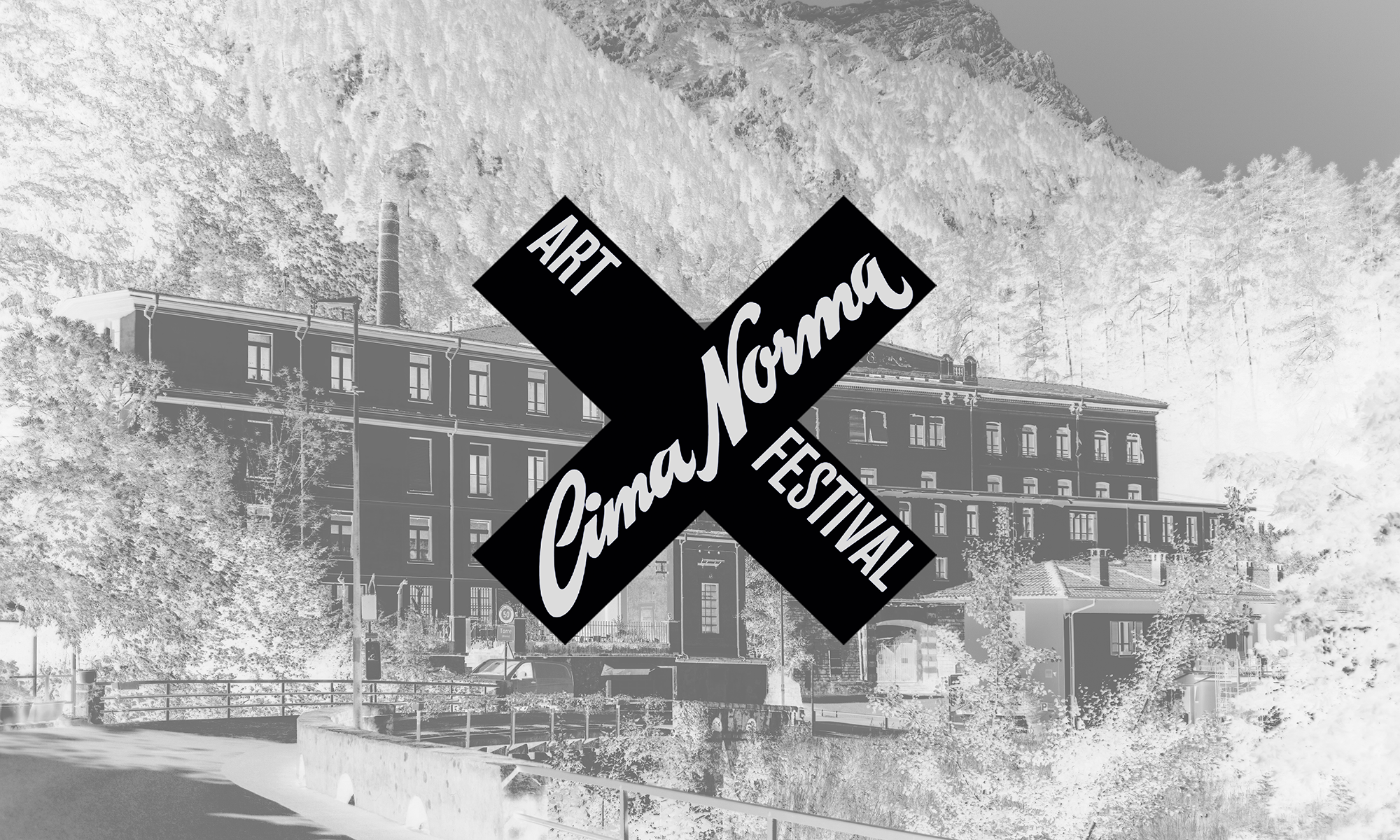Time’s ruins
Know all men, he said, time’s ruins build eternity’s mansions.
James Joyce, Ulysses
The metaphor around which the second edition of the Cima Norma Art Festival, which will take place from 14 August to 3 October 2021, is based is that of ruins. This metaphor has been used since ancient times in Western culture, both in literature and painting (where it has even become a genre in its own right), to represent the sense of transience that characterizes all human activity or production, even those whose monumentality seemed destined to challenge eternity.
The ruins have thus appeared, according to the different historical periods, as the remnants of a golden age now gone forever, or as a warning against the sense of omnipotence that too often pervades humanity, or as traces of a presence that preceded us but that has now lost its possibility of signification.
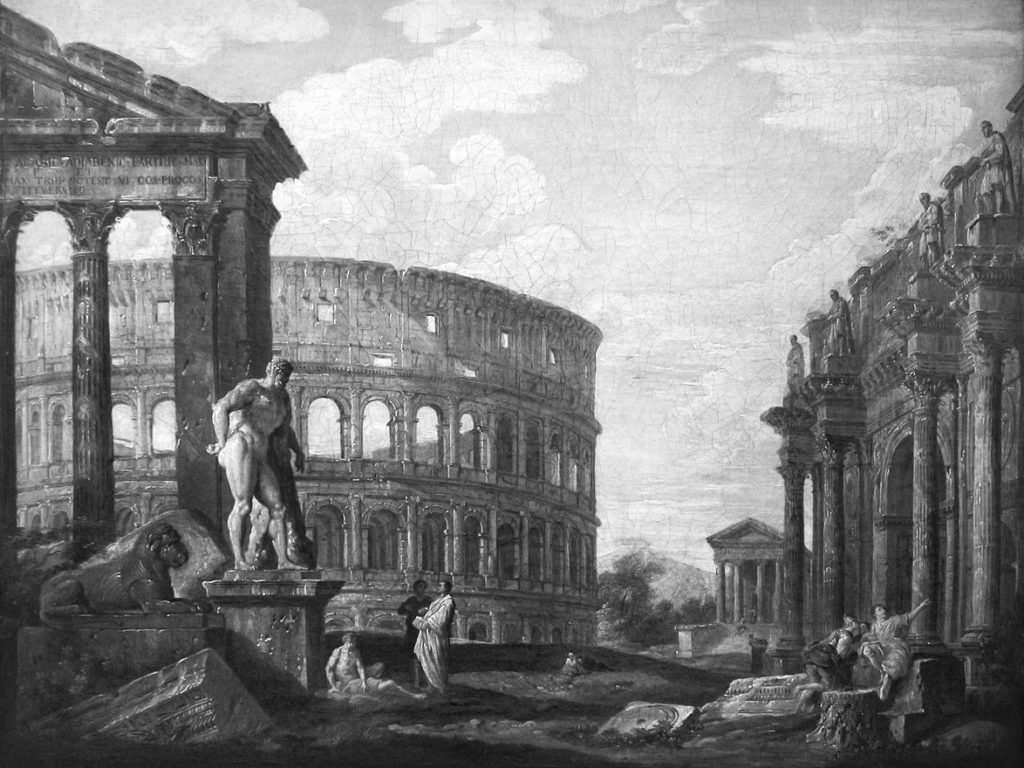
An emblem of the transience of historical time in relation to the time of nature, the theme of ruins runs through all of European culture from the Renaissance onwards, especially in relation to the rediscovery of the classical world and the Grand Tour experience, to find its greatest expression in the Romantic sublime.
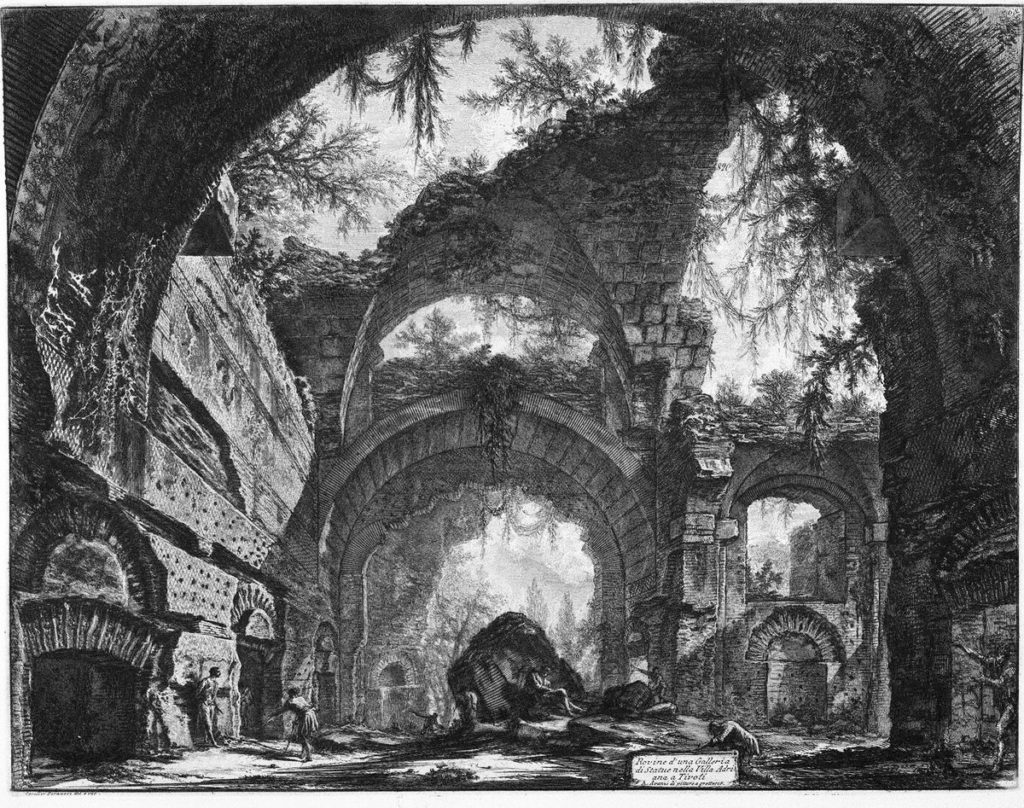
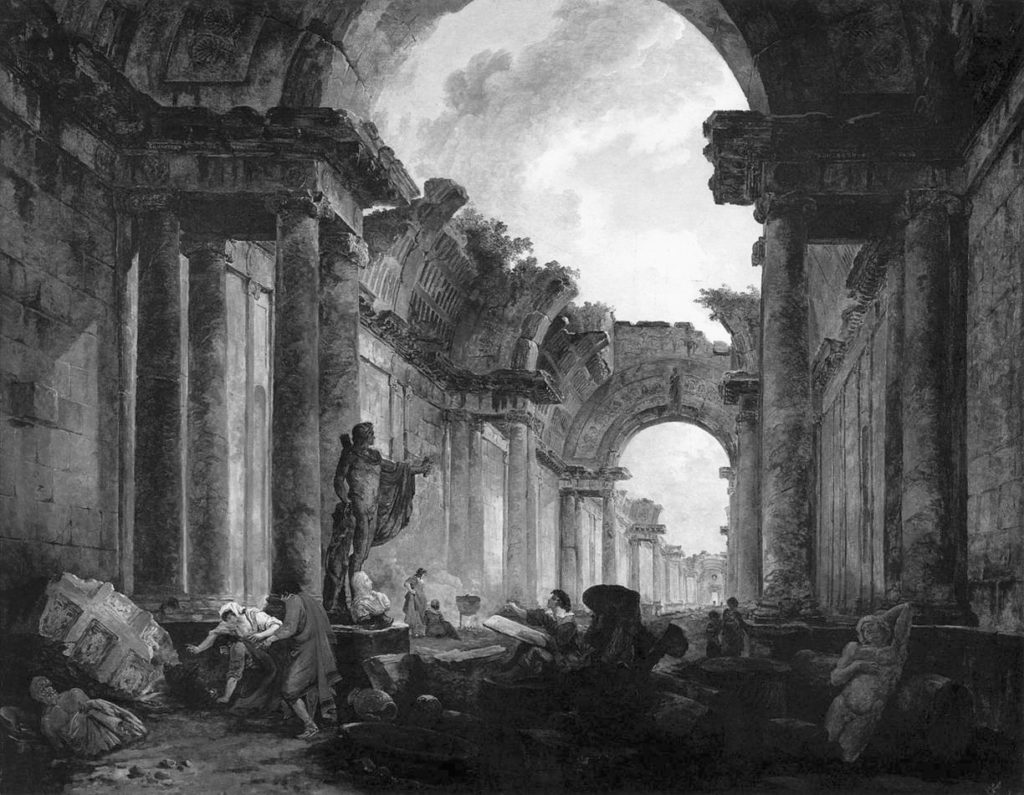

The twentieth century appears to be dominated by the terrible and dismal ruins of the present that the two world wars produced before being swept away by the euphoria of the economic boom years. But the ruins of war reappeared again at the end of the century with the war in Iraq and in the former Yugoslavia and then at the beginning of the new millennium with the attack on the Twin Towers and the war in Syria.

In recent decades, however, the theme of ruins reappeared, especially in relation to the rubble and waste that the late-capitalist development model has scattered around the world, triggering the dramatic ecological crisis that is looming over our planet.
However, for many authors, such as Anna Lowenhaupt Tsing’s The mushroom at the end of the world, ruins and rubble are the place from which and within which to find the possibility of an alternative model of development, of reconstruction.

The suspended time of these long months dominated by the pandemic have perhaps helped us to look with a more conscious and detached spirit at our condition which in some way, as Joyce reminds us, has always been that of living within the ruins of time. And it is from these ruins that we must start in order to continually construct our own possibility of inhabiting the world, as the Swiss artist Tarik Hayward suggests, whose solo exhibition this year constitutes the event around which the festival develops.
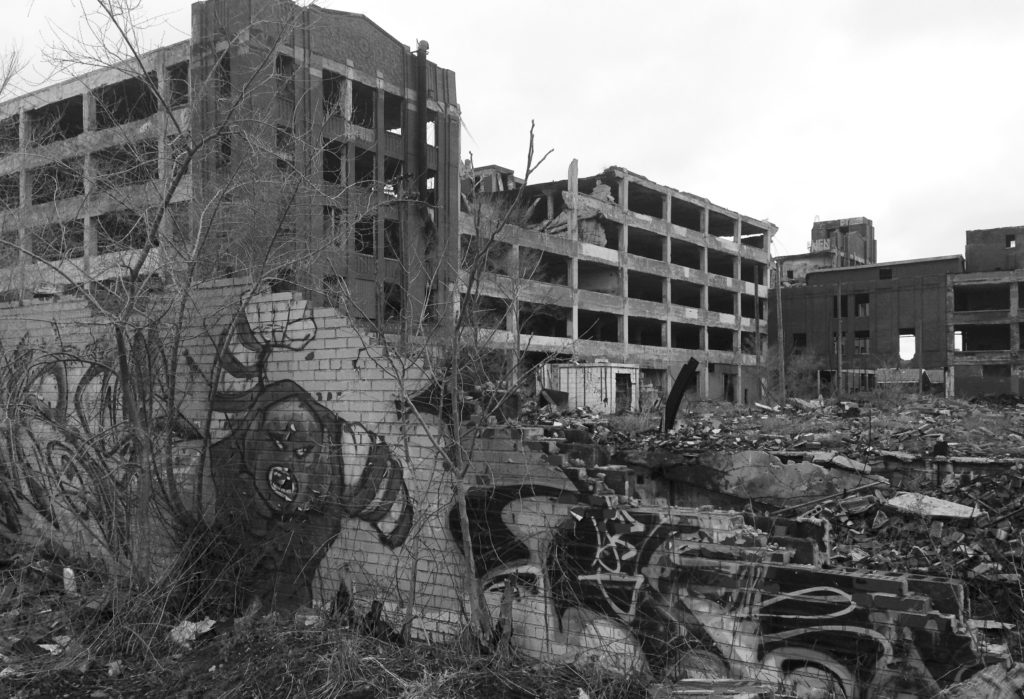
Supprted by
- Pro Helvetia
- Cantone Ticino
- Stiftung Landis & Gyr
- Banca Stato
- La Mobiliare, Agenzia generale di Lugano
- Fondazione Fidinam
- SIP Industrial Promotion SA
- Otto Scerri SA
- Ente del Turismo Bellinzonese e Alto Ticino
- Comune di Acquarossa
- Comune di Serravalle
- Comune di Riviera
- APG l SGA
- Winteler
- AGEvent
Media partner
- Corriere del Ticino
- RSI, Radiotelevisione svizzera
